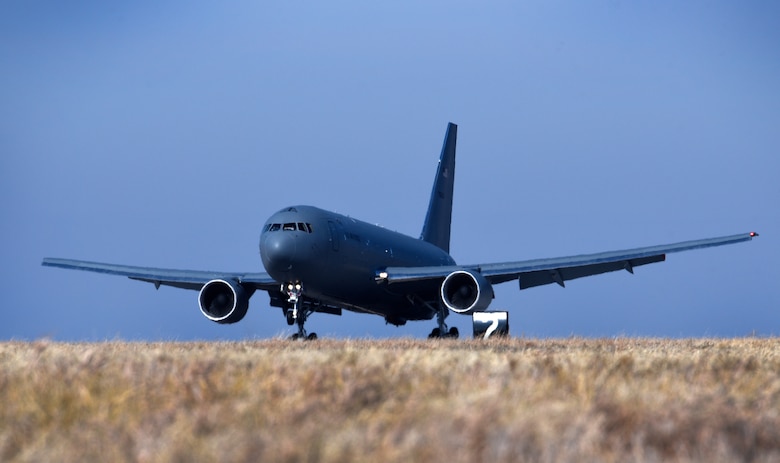After reviewing data from demonstration flights that occurred this past summer, the Air Force has decided to implement interim improvements to the KC-46 Remote Visual System, known as “Enhanced Remote Vision System,” or ERVS. Implementation of ERVS will not add any risk to the on-time fielding of RVS 2.0, the agreed to final solution to resolve Category 1 deficiencies associated with the current RVS, and will be done at no additional cost to the government. The ERVS updates will include software-only improvements to help fix image distortion issues and tailor the display for each user’s specific vision characteristics on the fielded remote vision system on KC-46 aircraft.
“The implementation of ERVS will provide some benefit to our Total Force boom operators in the near-term, but most importantly will not delay the fielding of RVS 2.0,” said Gen. Jacqueline Van Ovost, commander of Air Mobility Command. “Installing RVS 2.0 onto our growing KC-46 fleet directly supports my priority of advancing warfighting capabilities to maximize full-spectrum readiness and generate the credible capacity required to project the Joint Force.”
RVS 2.0 is designed to be the comprehensive solution to issues identified with the existing KC-46 Remote Vision System. It will include 4K color cameras with proper viewing geometry, air refueling operator stations with larger screens, a distance range finder for refueling aircraft distance measurement, and boom assistance augmented reality. Initial fielding of the system is expected in late 2023. These updates are expected to be completed in late 2021.
















